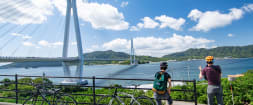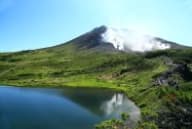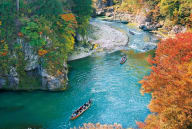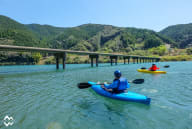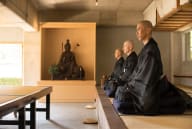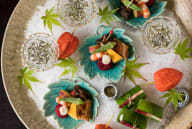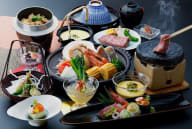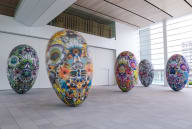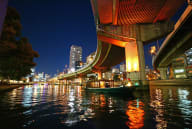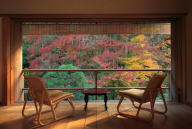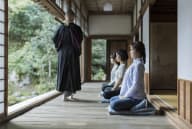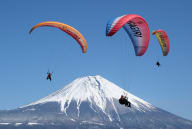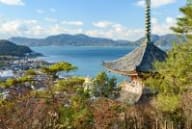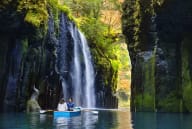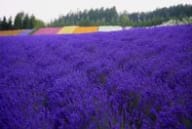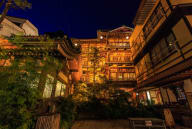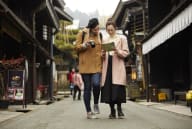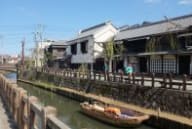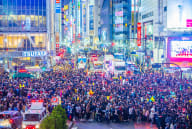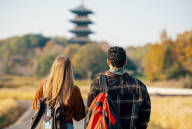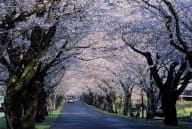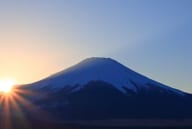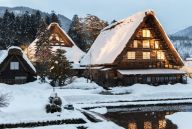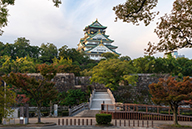Use the
Planning a Trip to Japan?
Share your travel photos with us by hashtagging your images with #visitjapanjp
Discover how venturing off the beaten path has its rewards
Japan has a rich blend of cultural heritage, stunning natural landscapes, fascinating history, world-renowned cuisine, and soothing hot springs. Travelers come from all over to visit the country’s famous cities and landmarks, such as Arashiyama Bamboo Forest in Kyoto and Todaiji Temple in Nara. Recently, however, some of these more popular destinations have been struggling to accommodate everyone. In some cases, this has disrupted daily life for the local community or adversely affected the natural environment. To keep the impact of tourism positive and ensure all visitors have the very best Japan experience, it is increasingly important to think about where, when, and how to travel within the country. By keeping a few key considerations in mind, you can have a more fulfilling and authentic trip, with maximum fun and minimum impact.
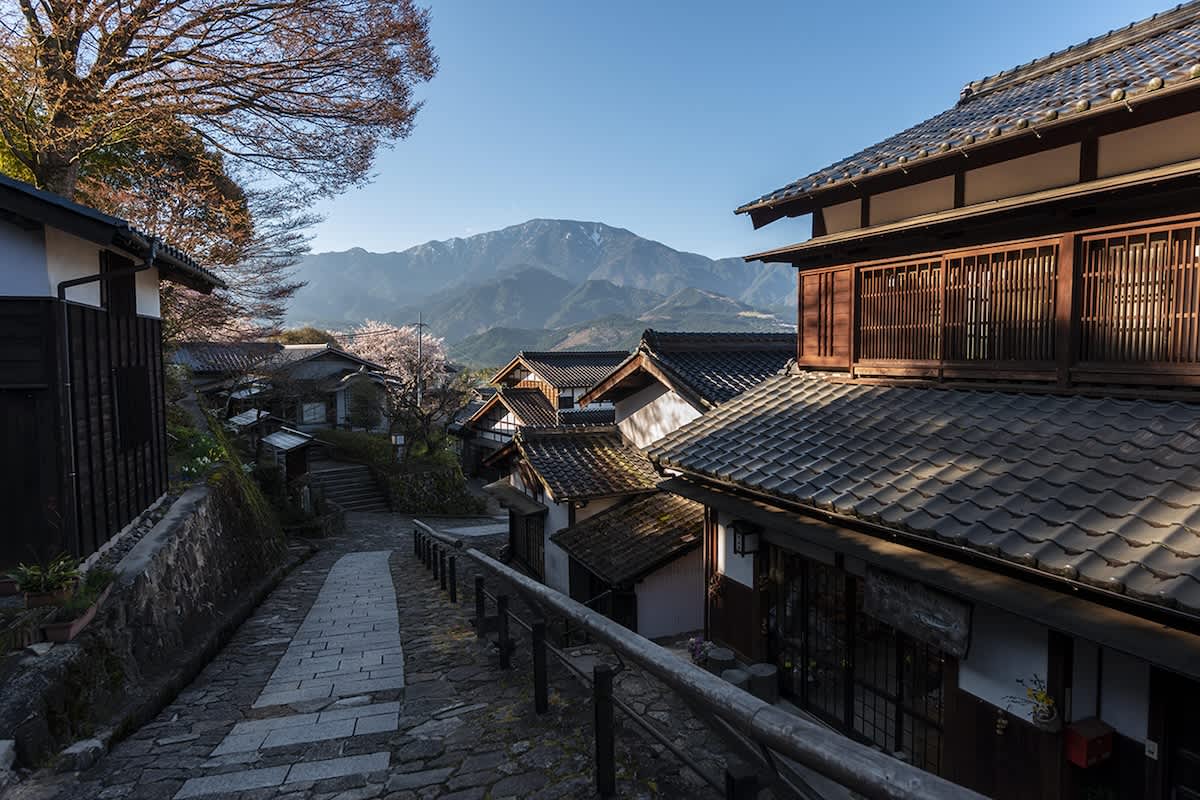
Buck the trend and diverge from the crowd
Japan's most visited destinations are its major cities like Tokyo, Kyoto, and Osaka, and it is easy to see why. These hubs have many attractions, visitor-friendly amenities, and easy access to well-known spots. The famous "golden route" between Tokyo and Kyoto takes visitors on a sort of “greatest hits” of Japan trip, which includes sights such as Mt. Fuji, the deer of Nara Park, and the shrines and temples of Kyoto.
But why follow everyone else? Choosing lesser-traveled destinations rewards the adventurous with unique, delightfully authentic experiences different from those of the most obvious itineraries. Step off the beaten path and venture into more rural communities. You can take in the surroundings at a more relaxed pace away from the crowds while supporting local businesses and helping preserve regional culture and traditions. Participate in tours and activities run by local guides to glean special insights into the culture and history of the places you visit.
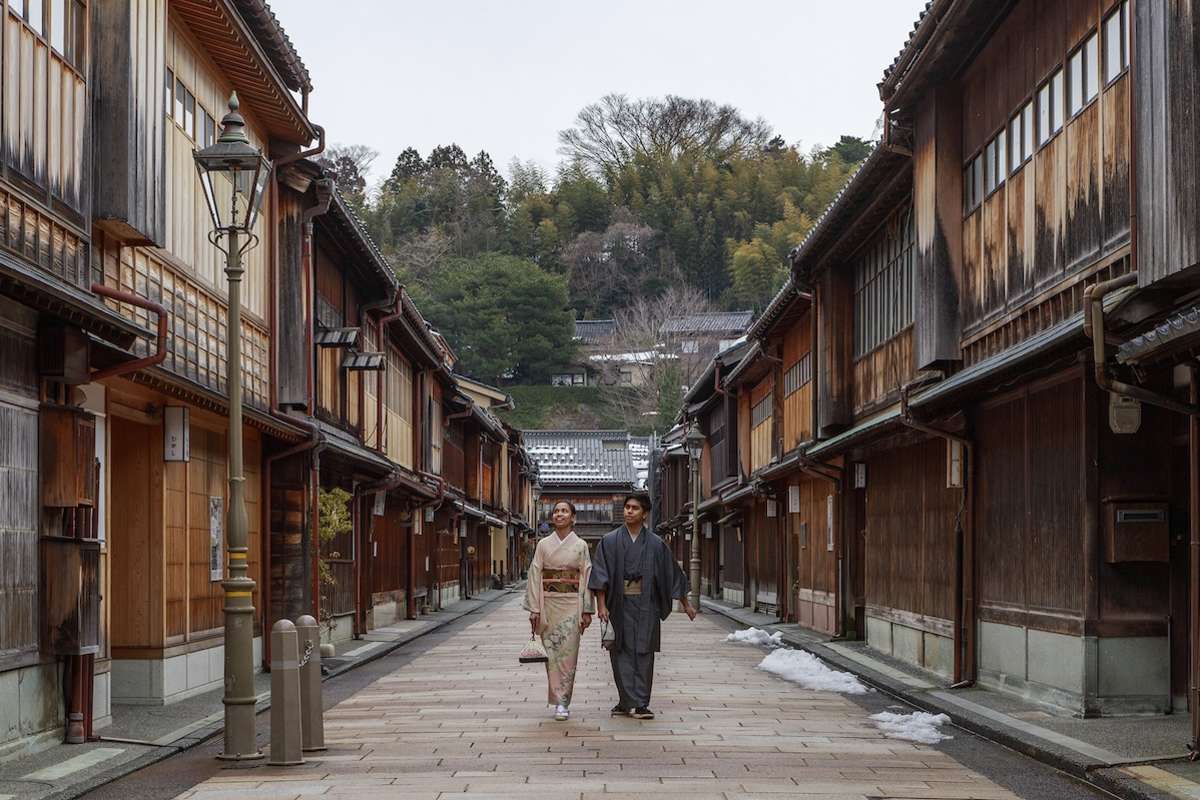
Consider alternatives
When planning your trip to Japan, consider alternatives to the most famous destinations. They offer equally enriching and less-crowded experiences. While Hakone is an obvious choice to soak in Japan’s famous hot springs, Gunma Prefecture also has many charming hot-spring towns, such as Ikaho Onsen and Kusatsu Onsen. Sekizenkan in Gunma’s Shima Onsen has one of the oldest surviving hot-spring inns. It is also said to have inspired the bathhouse in Spirited Away—the renowned animated film from Studio Ghibli. If you are looking for traditional townscapes, Kanazawa in Ishikawa Prefecture is a compelling option, with Edo-era (1603–1867) neighborhoods and temples as impressive as those in Kyoto. The town’s Higashi-Chaya District is one of Japan’s most well-preserved geisha neighborhoods, and one of the few places in Japan where visitors can enjoy authentic geisha entertainment, usually reserved for the wealthy elite.
For white sands and stunning ocean views, Fukui Prefecture has a long coastline dotted with many fine beaches. The prefecture’s Wakasa Wada Beach was the first beach in Asia to receive Blue Flag certification for its safety, quality, and environmental sustainability. If you want to dive into Japan’s Buddhist and Shinto traditions, consider visiting the sacred sites of Wakayama Prefecture, on a fascinating journey along the Kumano-kodo pilgrimage trail. Walk the 1000-year-old trail through cedar-covered mountains, and have a quieter, more intimate experience than at some of the busiest temples in Kyoto or Nara. Highlights of the Kumano-kodo trail include the UNESCO World Heritage Site, Seigantoji Temple, located near the stunning Nachi Falls.

Sustainable travel destinations and choices
Choosing destinations certified by Green Destinations or Best Villages can help positively contribute to sustainable travel. These certifications are awarded to regions and accommodations committed to preserving cultural heritage, supporting local communities, and protecting the environment. The Best Villages initiative by the World Tourism Organization, recognizes rural areas that use tourism to foster development and protect landscapes. Examples of accredited destinations include Niseko Town in southwestern Hokkaido and Hakuba Village in Nagano Prefecture.
Community-based tourism also plays a vital role in the preservation of cultural heritage while also fostering regional revitalization. Shodoshima is an island in the Seto Inland Sea, famous for its olive cultivation. The community’s approach to tourism is focused on sustainability, with activities such as beach cleanups and guided tours to Shodoshima’s scenic Kankakei Gorge. These are some of many low-impact activities that you can get involved in to enjoy the natural beauty of the area, while simultaneously supporting conservation efforts.
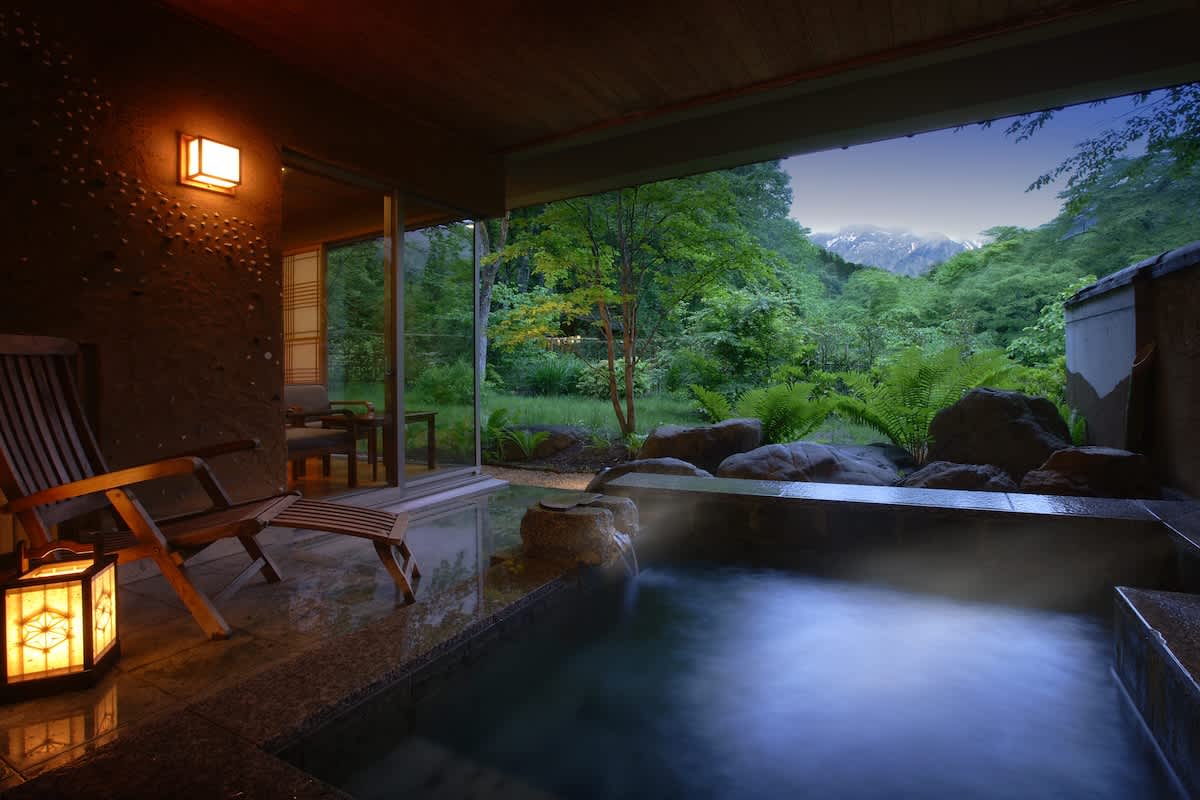
Destination-defining stays
Many of Japan’s accommodations are more than simply somewhere to sleep, so making where you stay a key part of your vacation comes with rewards. Traditional ryokan and smaller hotels often serve regional cuisine and provide personalized hospitality. Some historic ryokan, like Yunushi Ichijoh in Miyagi Prefecture, are designated as Tangible Cultural Properties, with centuries-old traditions passed down over generations. Their buildings and facilities are steeped in history, giving you a glimpse into the past. If you are seeking luxury, hotels like Bettei Senjuan in Gunma Prefecture combine elegance with culture. The intricately designed rooms and hallways invite visitors to walk around and admire the architecture, in between enjoying gourmet meals.
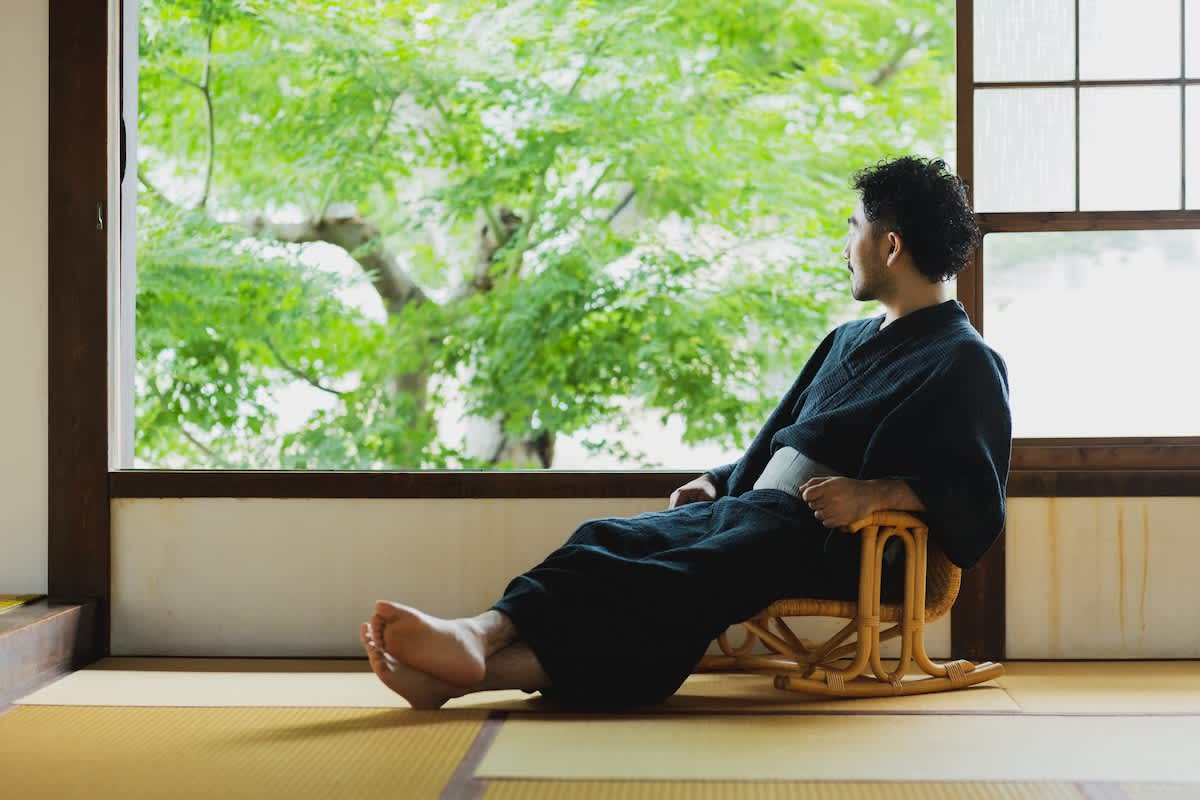
There’s also often pressure to constantly engage in activities or visit specific attractions while traveling to not “waste” the journey. But doing nothing, or next to nothing, can also be its own little adventure. Staying in a temple offers a taste of a simple, monastic lifestyle, and often includes meditation, sutra copying, and other spirit-cleansing experiences. Alternatively, countryside and farm stays are low-impact ways to unwind in serene natural settings. Curl up next to a hearth with a book and let the stresses of the modern world pass you by.
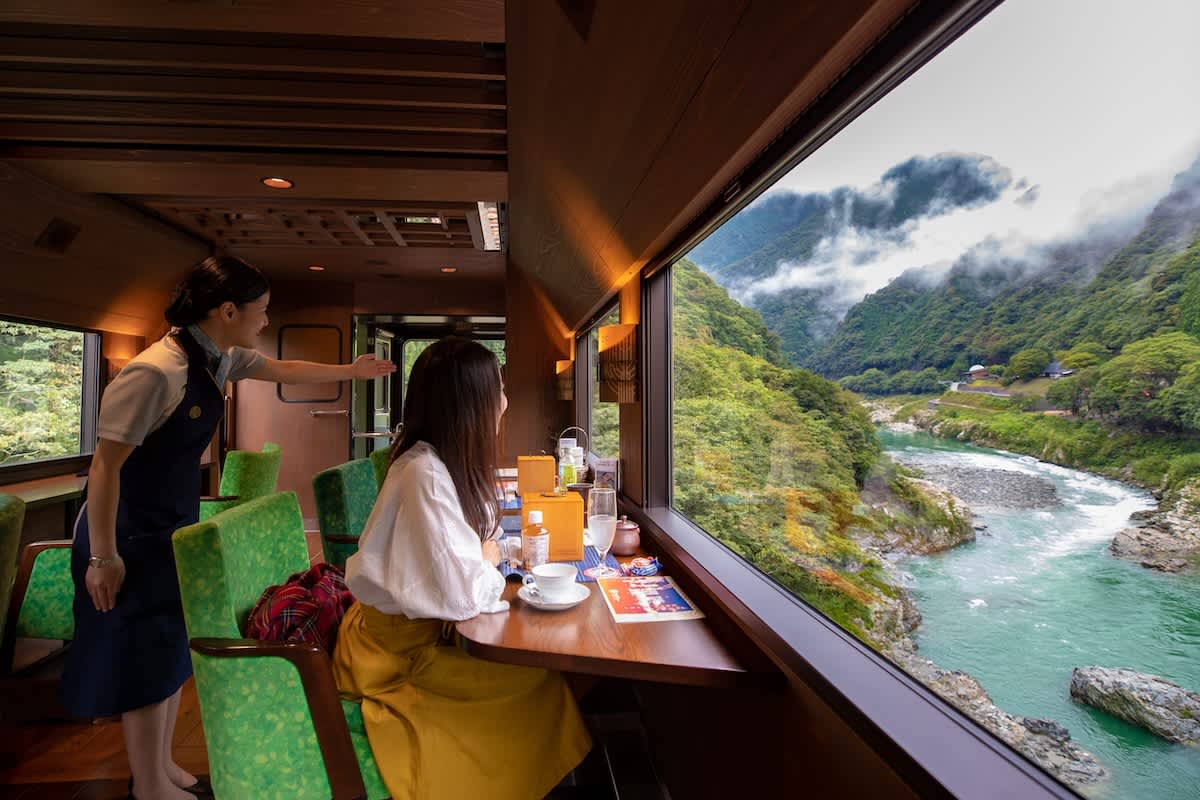
The value of the journey
Choosing how to travel can significantly impact your visit to Japan. While flying is often the quickest option, it’s not very exciting. Bullet trains (shinkansen) combine both speed and the convenience of stations located in city centers while being an experience in itself: hurtling through the countryside at speeds of up to 320 km/h, all while feeling only a few wobbles in a surprisingly quiet atmosphere as you eat ekiben, a traditional Japanese bento box available on trains or at train stations.
Speeding from one place to another, however, deprives you of the chance to get to know the places in between. For the greatest flexibility and freedom, traveling by car is ideal, and chartered taxis allow you to explore remote areas with insights from local drivers. Sightseeing trains are a fantastic way to travel along the most scenic routes of a region. Some stop at specific stations for passengers to disembark and take photos. Many are themed and serve regional meals made by local chefs. For example, the Shikoku Mannaka Sennen Monogatari in Kagawa Prefecture is a luxury sightseeing train with large viewing windows that travels from the coast to the inland mountains, running through rugged gorges and passing historical sites.

Cycling, although it is one of the slowest options, has the smallest environmental impact after walking and is the best way to truly immerse yourself in an area. With the advent of e-bikes and the spread of rental services across the country, traveling by bicycle has never been more accessible. Consider cycling along the Shimanami Kaido, a picturesque 70-km route that traverses six islands in the Seto Inland Sea, and take the time to explore the charming towns along the way. Many of these towns offer cycling-friendly accommodations where you can stay and make authentic connections with both the local community and the region.
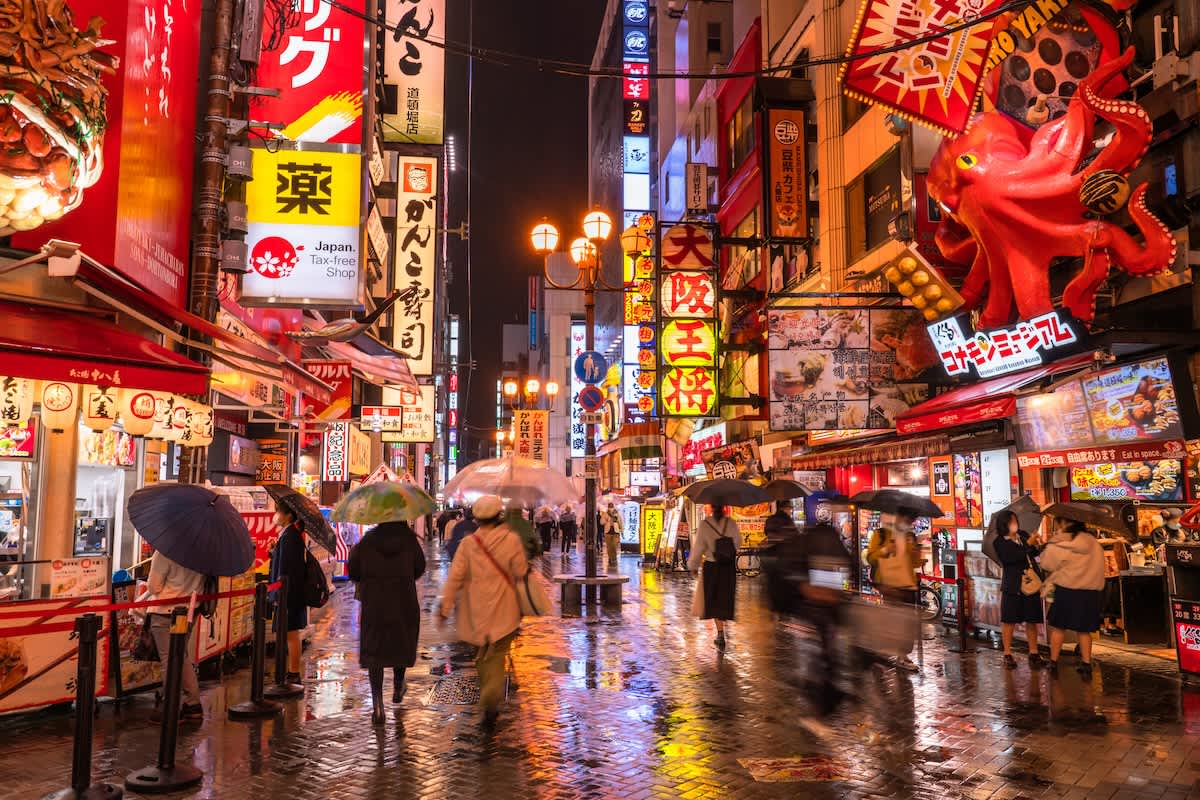
Choosing when to travel
The most popular time to visit Japan is typically during the sakura blossom season in spring, from late March to early April, or during the autumn foliage season, from September to November. Plan your trip outside these times and enjoy the benefits of lower prices and smaller crowds. Tickets to the most famous attractions are easier to get hold of, and accommodations have more vacancies. Visiting during quieter times also supports local businesses, contributing to the economy outside peak seasons.
You will also be able to experience unique events and festivals that occur outside the typical high seasons. While cherry blossoms are a big draw for visitors, plum blossoms are equally beautiful and come in a wider variety of colors. Plum blossom festivals are held across Japan in late winter and early spring. At the Atami Baien Ume Matsuri in Shizuoka Prefecture, nearly 500 plum trees of 59 different varieties bloom between January and March. The rainy season, from June to mid-July, is also often overlooked; but savvy travelers can take this opportunity to visit many indoor attractions, such as galleries and museums. It’s also worth noting that it doesn’t rain every day or all the time during this season.
Key image photo copyright: ©Fast&Slow / PIXTA(ピクスタ)














